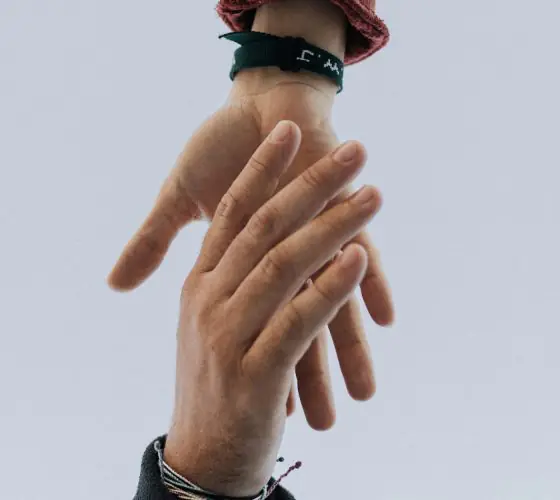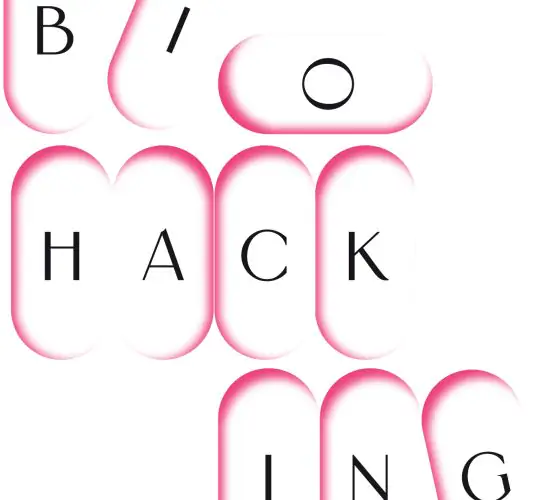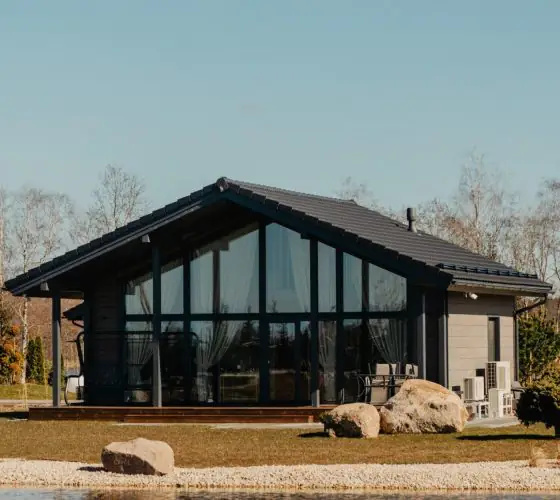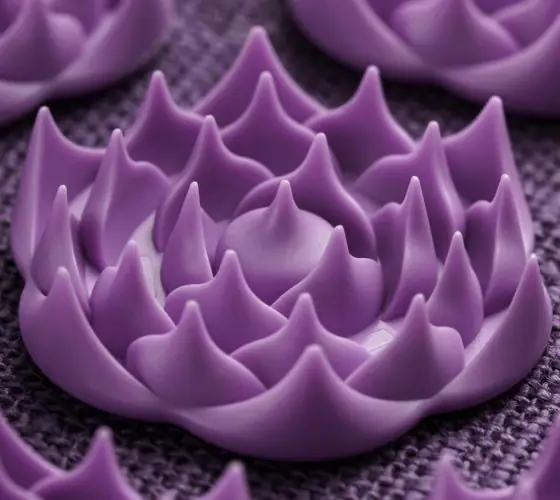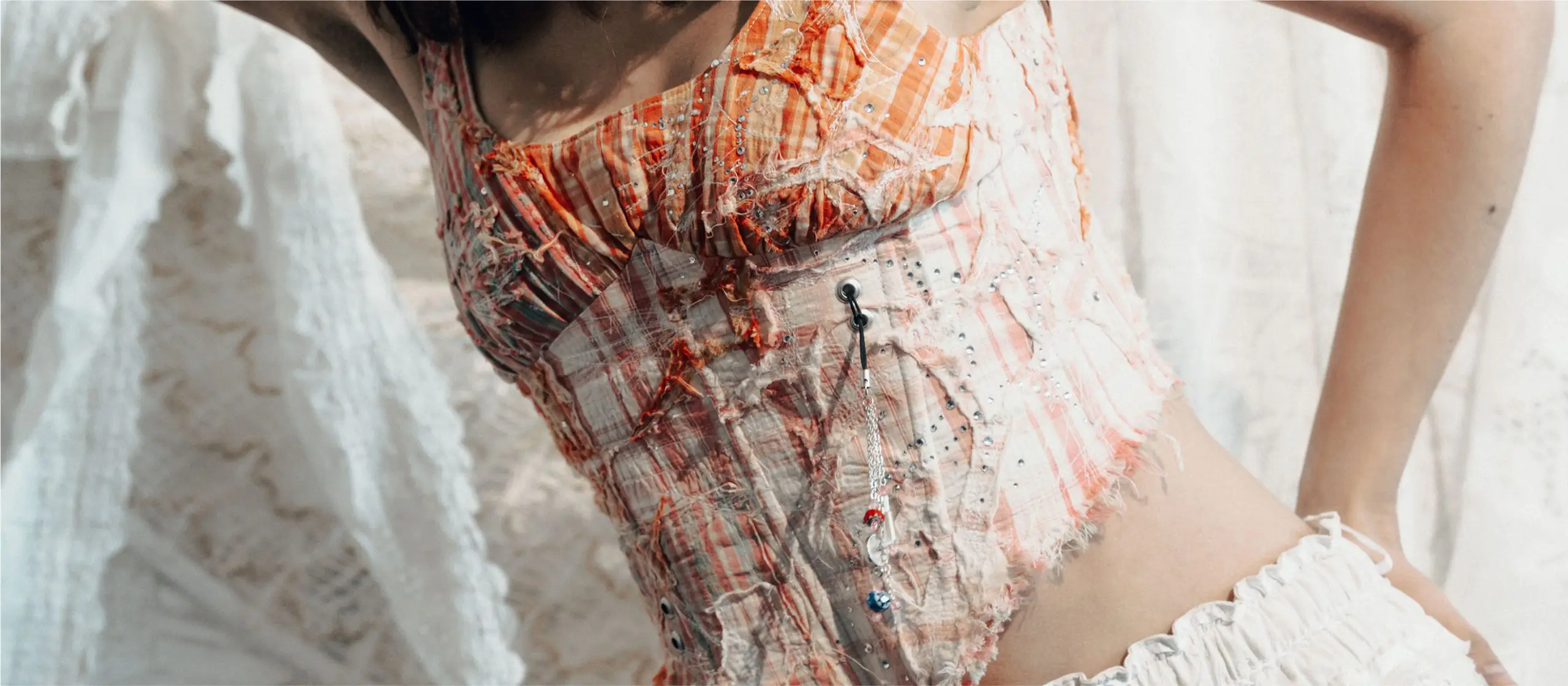
*Fast Fashion
Fast fashion focuses on the rapid production of inexpensive clothing and accessories. It’s the third-largest polluter on the planet, responsible for approximately 10% of the world’s annual carbon footprint (and 5% of Europe’s). That’s more than the yearly carbon footprint of air and maritime transport combined.
*Upcycling
Upcycling is a method of creating new clothing from already existing materials. Designers take pre-used fabrics and garments — for example, from vintage stores — and combine them to create a unique new piece. It’s one of the most widely used responsible production methods in contemporary fashion.
*Zero-Waste
Zero-waste means waste-free production and the reuse of materials.
During the cutting process of garments and accessories, around 15% of fabric typically ends up as scraps. In a traditional approach, these would go to waste. But designers working with zero-waste principles collect these scraps and repurpose them — for instance, as filling for new items.

Model: @raimonda.rigerte
Treimane Studio
Unconventional textures and combinations and a dialogue between materials
Aleksandra Treimane is a young designer working in upcycling and zero-waste directions. After studying in the UK, she created her own design studio here in Riga with a global goal — to change the attitude towards the consumption of clothing. In many ways.
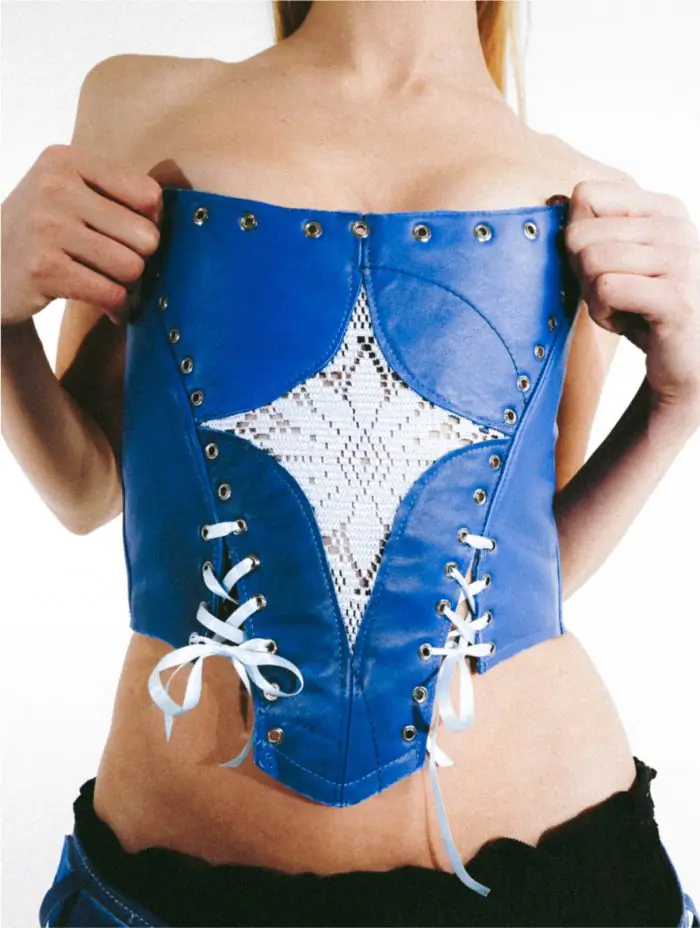
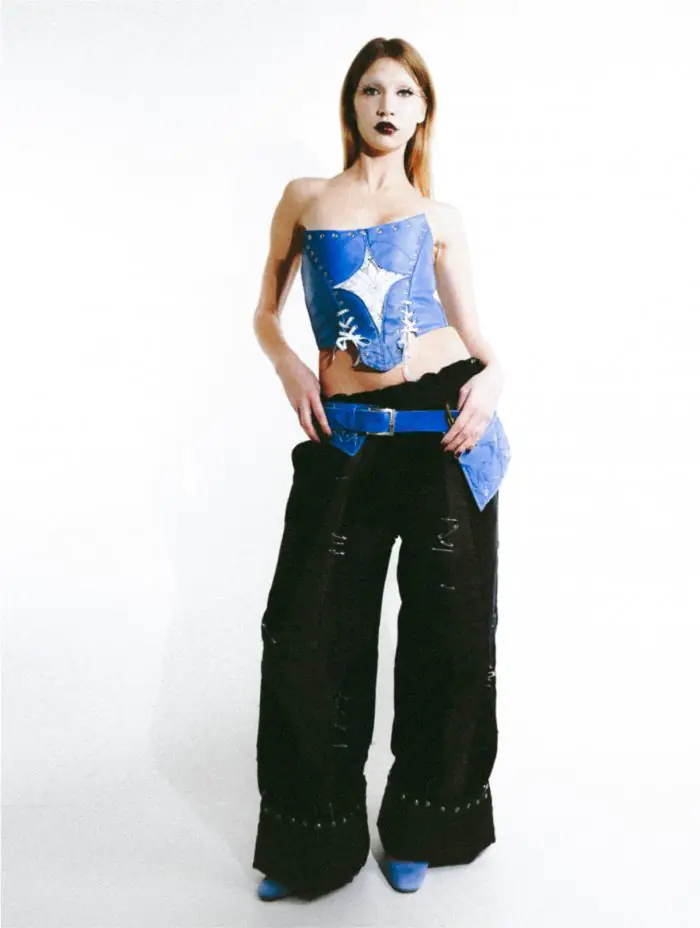
MUA: @annypresident

This also applies to the materials she works with: “I often choose natural materials such as cotton, silk, satin, and avoid synthetic ones”. Of course, working with them is tactilely more pleasant, but Aleksandra has another explanation: “Firstly, in most cases, synthetic fabrics are the result of processing petroleum products, and, secondly, during the production these fabrics require washing, which results in an enormous amount of microplastic ending up in the waters of the world’s oceans. It will take at least a hundred years for it to decompose”.
As an upcycling designer, Aleksandra makes new clothes from the once-used but still very beautiful clothes (vintage, second-hand) — so they don’t unreasonably go to waste. Her designs are bright, catchy, bold. She even compares them with fingerprints — and we cannot disagree. They will especially appeal to people who take an artistic approach when choosing clothes, as well as those who prefer basics but want to add a unique and bright detail to them.
“Clothes are underestimated very much now. Every week, websites like Temu and Shien offer us dozens of new designs. Few people think about what happens to unpurchased clothes from the previous collections. And we are talking about an unimaginable amount of textile waste. I really want companies to be responsible not only for the production of clothes, but also for their proper disposal”
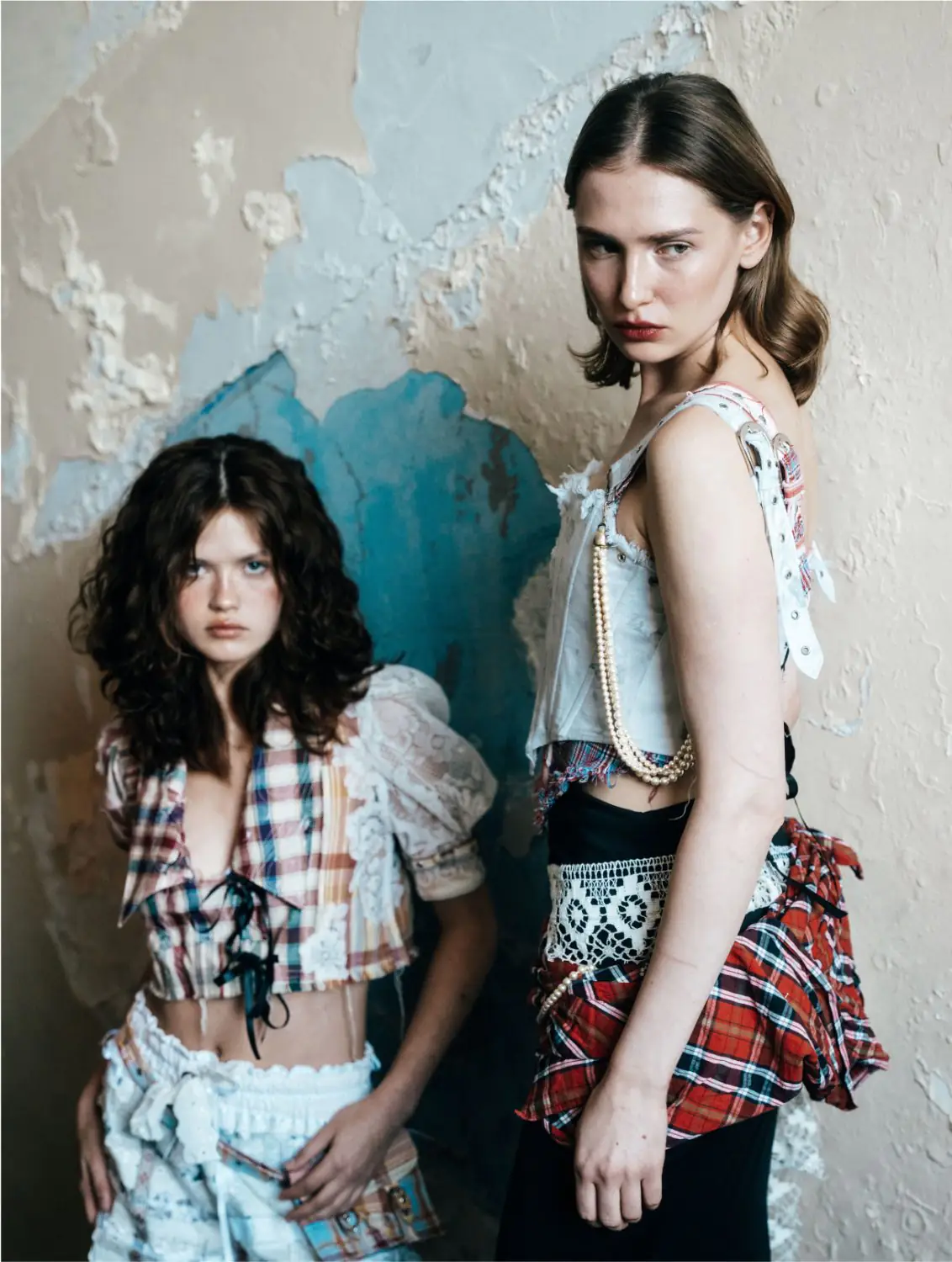
MUA: @annypresident

In April, Aleksandra is launching her website where anyone will be able to order a conscious piece of clothing for themselves. This will be a make-to-order system, meaning that you choose the desired product, one of the designs offered for it, a combination of materials, and size. And that’s it, the order is made. Then you just wait till a new, unique, 100% upcycled item is made specially for you.
Treimane studio on Instagram
Zīle-Zīle
Jeans, men’s shirts, lots of imagination and responsibility to materials, the environment and descendants

Aiva Zīle is a Latvian designer, head of the social enterprise Zīle, created with a beautiful goal of reducing the amount of textile waste by recycling (i.e. upcycling) a large amount of clothing. And we are really talking about big numbers: now Zīle recycles an average of two tons of textile per year, which would otherwise end up in landfills.
Aiva works from her studio in the small Latvian town of Ape; there, out of high-quality second-hand shirts and jeans, Aiva sews stylish dresses, jackets and coats. Some of the produced clothes are also zero-waste as she usually gives the cut-off shirt collars to other craftswomen who then use them to make, for example, holiday accessories.
“You have to be critical and understand that nothing disappears and everything that was once used accumulates somewhere”
Zīle has its own website where you can buy ready-made clothes (the result of Aiva’s creativity) or design your own unique dress. All you need is to find 2-3 “unnecessary” shirts (in your wardrobe, in the wardrobes of friends or family, or in a vintage or second-hand store) and Aiva will give them a new life in a new form.
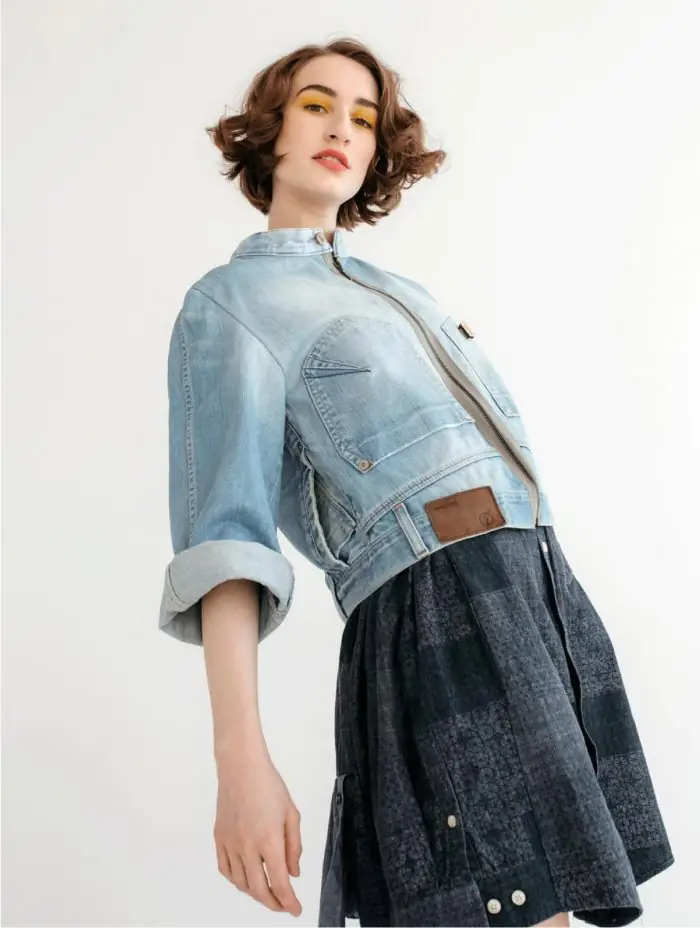
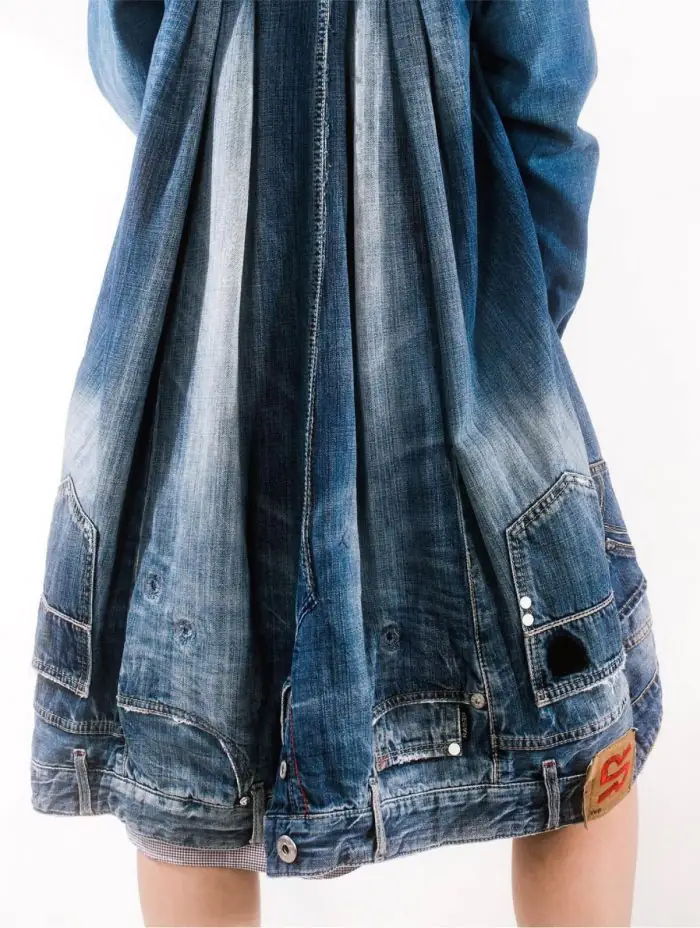
“I would like Zīle to have its own “Recipe Book” which would give step-by-step instructions on how to sew, for example, a dress or a coat and what ingredients are needed for it”
Zīle has long been collaborating with Otrā elpa, a charity platform that aims to connect people and things. Currently, Otrā elpa has five stores (four in Rīga and one in Liepāja) where you can bring things you no longer need (from clothes to books, dishes, games and other household items) and they will be bought or given to those who currently need them more.
Otrā elpa also supports a variety of charity projects throughout Latvia. Take a look!
Zīle on Instagram
AVIS (Aleksandra Visocka)
Fall in love with your clothes all over again
Has it ever happened that at some point your wardrobe became overloaded with basic clothes from mass markets and you got rid of them only because they became uninteresting to you? Perhaps, after seeing the works of Aleksandra Visocka, you will give your clothes a second chance.
Aleksandra Visocka is a person whose creative activity goes beyond fashion design. She has been studying at the Latvian Academy of Arts in the scenography department for a year now and, long before that, in her hometown of Liepāja felt in love with tattoo art and still creates unique artistic designs on skin.
In fashion design, her area of interest is embroidery and painting on existing wardrobe items. For example, you have jeans that have already started to lose their colour. Before getting rid of them, Aleksandra advises you to think: “What if you give them a second chance by ordering a bright hand embroidery on the back pockets or make a minimalist drawing on the sides?”. In that way, you don’t throw away something that still has a chance to be worn. Sustainability as it is.
Aleksandra believes in the special energetic value of upcycling: “Clothing acquires new value when it passes through the hands of someone who remakes it and puts new meanings into it”. In this way, old jeans metaphorically become new.
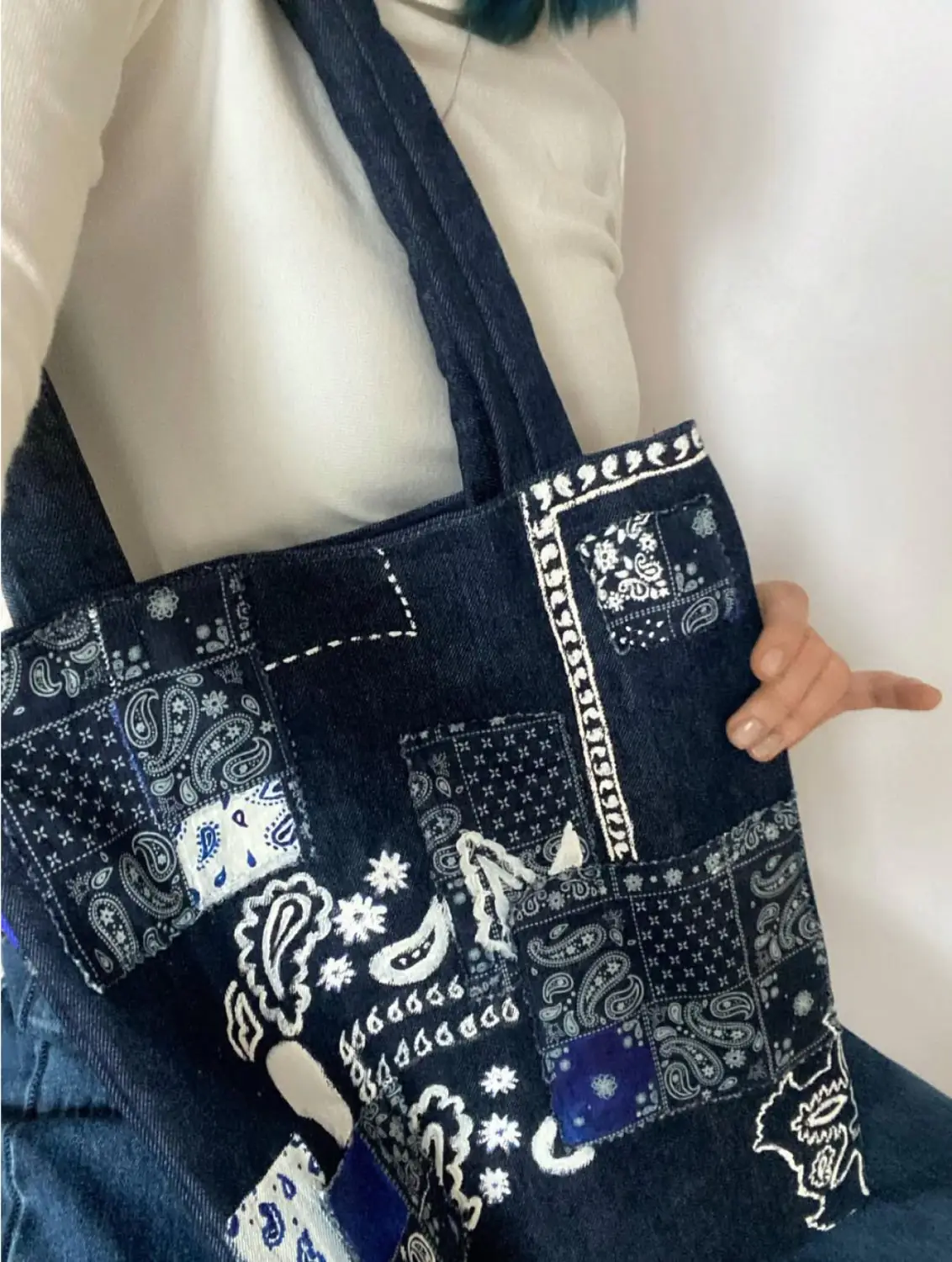
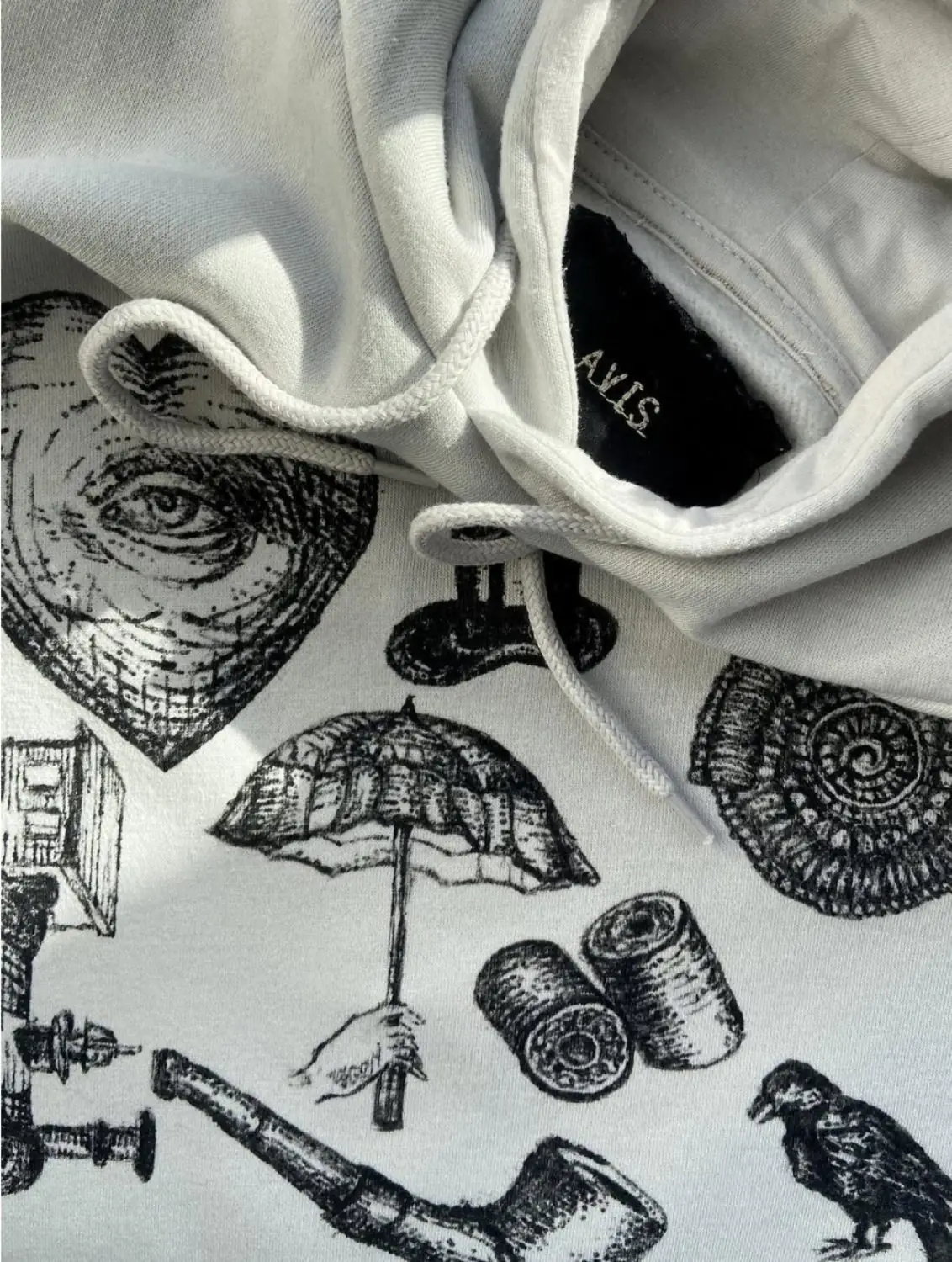
Apart from choosing upcycling, Aleksandra invites everyone to be critical and take clothes you don’t need anymore to charity containers (of which there are, fortunately, many in the city) or to one of the Otrā elpa stores.
Last year Aleksandra, in collaboration with Ramona Lazda, created sustainable stage looks for Aija Andrejeva’s concert with Baltic Groove Orchestra. For it, second-hand jackets were used, each of which was hand-painted with lyrics from the album “Tagadne”.
“In addition to the ecological side of the issue, I am buffeted by the visual component, the sameness, in fast fashion. It’s great to understand who you are, what you are, what you are about and what you want to convey through your clothes”
AVIS on Instagram
Letīcija Orlova
Inspired by Vivienne
“Buy less clothes. Keep wearing things that you’ve really chosen that you love and that is status”. This is what the great Vivienne Westwood said and this same attitude characterizes designer Letīcija Orlova.
Letīcija says that her love for design was passed on to her from her mother: in the Soviet years, since it was almost impossible to buy beautiful things in stores, she sewed things for herself. Inspired by her mother, Letīcija began to sew dresses for her soft toys from her worn-out tights. Thus, unconsciously, she started to create her very first upcycling designs.
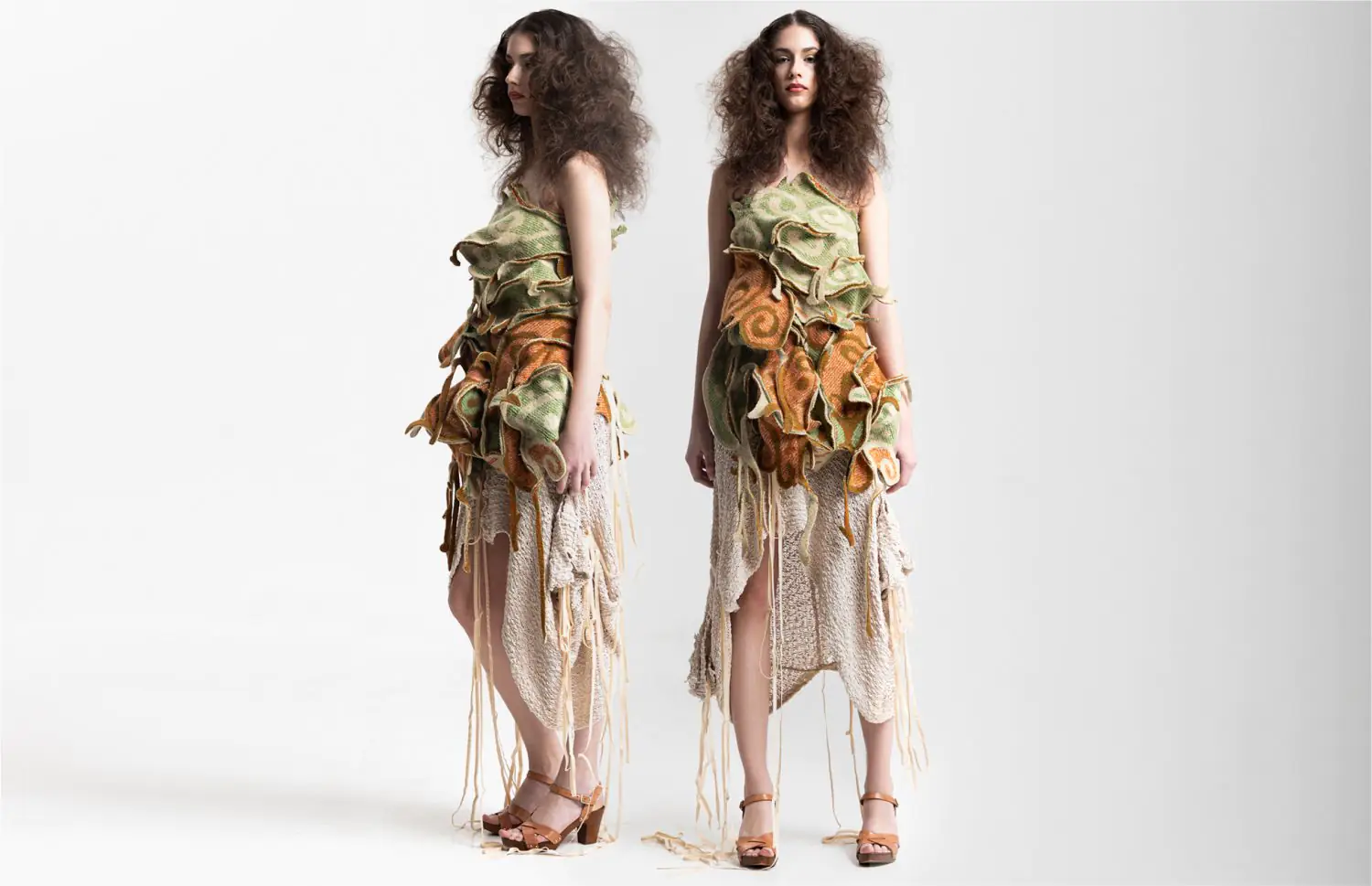
Now Letīcija is finishing the Latvian Academy of Arts, specializing in fashion design, and makes unique upcycling clothes to order — completely consciously now.
“To see the potential of written-off textiles and return them to circulation. It is not easy, the result is not always what was originally intended, but these difficulties force us to invent new creative solutions. It is always very interesting”. When working with upcycling, this is exactly what inspires Letīcija.
In 2024, for her collection “Moss — grown”, Letīcija won the main prize at the annual sustainable fashion and culture festival Bourzma Boutique. The designer shared the idea behind her work: “The collection depicts a person stuck in a work routine, who, like a stone, becomes covered with moss and disappears into the environment in which he has imprisoned himself, losing the unpredictability of life”.

Model: @jeekabss_
To ensure the sustainability of the collection, Letīcija used high-quality fabrics made of natural fibers (wool, wool/silk), as well as second-hand sweaters and socks.
Bourzma Boutique will take place again this June, so if you want to see the same great and inspiring works of conscious design in person — don’t miss it out.
Letīcija Orlova on Instagram
The fast-fashion industry has 52 micro seasons a year now. This means that almost every week a new collection of new clothes arrives in stores. The system works on the principle of “producing a cheap thing as fast as possible and at the lowest possible cost”. For factory workers this means irregular working hours (often 10-16 hours, six days a week) and wages that are in no way aligning with this amount of work (often three times less than the average salary in the country).
By choosing sustainable fashion and upcycling, by choosing charity containers and charity shops instead of trash bins, you become an important link in the chain of solving this problem.
Mahatma Gandhi once said: “Here is no beauty in the finest cloth if it makes hunger and unhappiness”. Luckily, we have a choice now.


